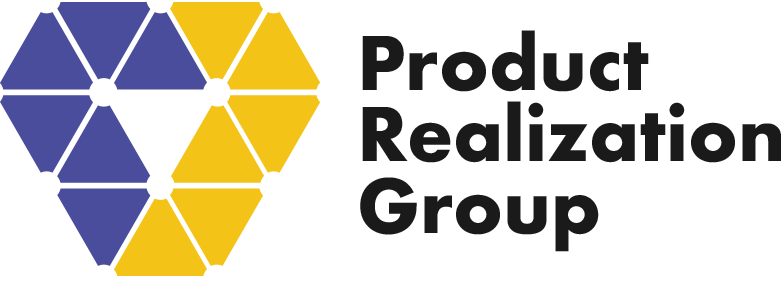
“Reliability is the probability that an item will perform a required function without failure under stated conditions for a stated period time.”
But how do you really explain what reliability means?
How do build reliability into your product from day one?
How do instill reliability into your company culture?
Customers Just Want the Product to Work
If you take away nothing else from Fred Schenkelberg’s1 overview on reliability in product development it should be that customers just want the product to work.
In the course of product design and development, you are doing reliability work because you’re making decisions that determine the reliability of your product. You have to ask the right questions to understand the risks– what could wrong and the consequences– at each decision point. This requires understanding your customers and their expectations, including the many ways the customer could be using the product. If you don’t understand the use case scenarios, you may be asking wrong questions and evaluating the wrong risks.
Watch Fred’s overview of reliability here.
What does the Customer See?
In order to implement a reliability program in a product development organization, it helps to re-frame the conversation. Shift the discussion from “hoping it will work” to “what we want the reliability to be.” When evaluating a product that already has reliability problems, a team can start by asking what they want the reliability be (a top down view). From a bottom up view, the team can see the product as the customer sees it, and perform a failure analysis.
FMEA (Failure Mode and Effects Analysis) is a organized brainstorming for failure analysis. This methodology is used for understanding and presenting the risks, what can be done to mitigate that risk, and whether or not it makes a difference. The most important understanding is to see the failure modes that a customer sees, the causes and consequences of those failures, and what can be done about them. Ultimately, understanding your customers’ risks of failure enables you to prioritize which fixes you make to improve product reliability.
In this video, Fred discusses setting up a reliability program.
Building a Team: Changing your Culture
Whether it’s setting up a reliability program from the outset, or establishing a team to respond to reported product reliability problems, it is beneficial to connect often disparate parts of your organization to each other. The product development and design teams will need to talk with the business teams. The test teams will need to bring the data to the table. The customer-facing organizations will bring data and feedback from the user community.
In some instances these departments are not accustomed to working together. An outside consultant may be helpful to understand what reliability is, its importance to the company and the bottom line, start the FMEA process, and keep the teams from playing a blame game. An outsider can help the teams focus instead on the warranty costs the company is incurring and the potential savings the company can realize by solving its reliability problems.
Another important figure is the company’s internal sponsor for the reliability initiative. A program will more likely succeed if it is supported by the company’s leadership structure, and if a budget has been allocated.
Connecting reliability to your business objectives is the way to get a return on your investment in reliability. Business objectives include quantifying your reliability goals and establishing a budget. Whether or not you are part of a public company, you can take on the standard practice of reporting warranty expenses. The same arguments apply to any company — supporting old (unreliable) product while trying to move on to your (reliable) next generation product is very costly, so build reliability into your product from the start.

1Fred Schenkelberg is the founder of FMS Reliability consulting services and has over 20 years experience in reliability analysis and assessment. He participated in a panel discussion on September 19, 2019 for the Product Realization Group.


